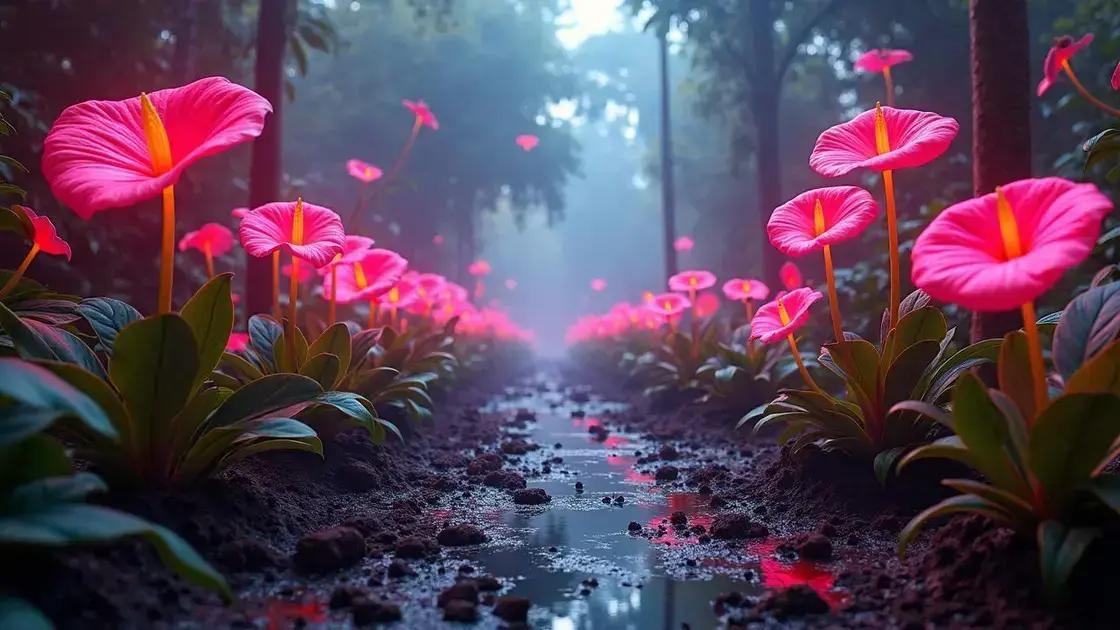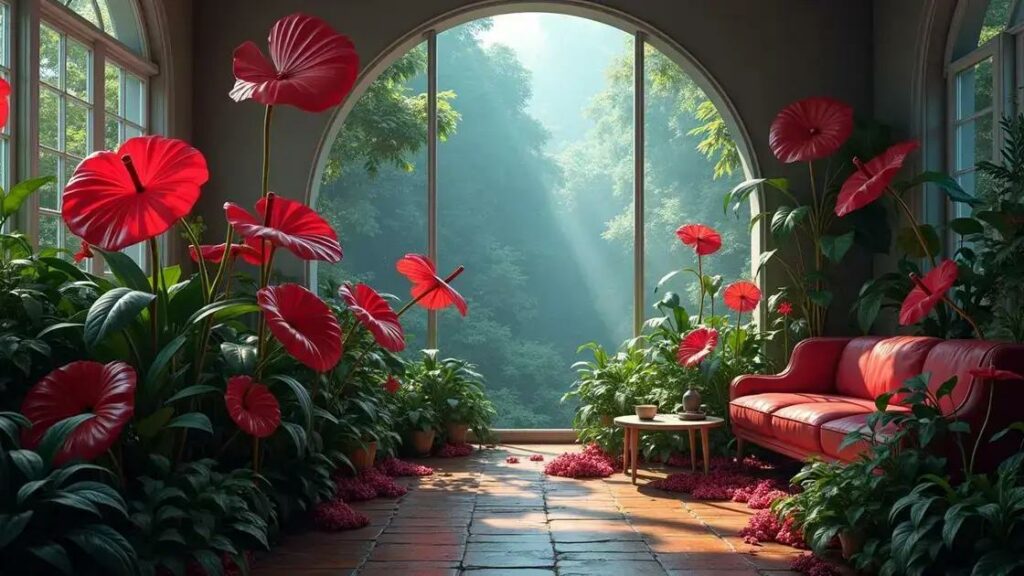How to care for an anthurium plant indoors may sound challenging, but with the right techniques, anyone can create a lush indoor garden. Discover how to nurture your plants for beautiful blooms, whether you’re a novice or a green thumb!
Table of Contents
ToggleOptimal watering schedule for anthurium plants
Optimal watering schedule for anthurium plants is crucial for keeping your indoor garden thriving. Understanding the right methods and frequency can greatly enhance your anthurium’s health and appearance.
To ensure your anthuriums flourish, consider the following key principles:
- Water thoroughly but allow the soil to dry slightly between watering
- Avoid leaving the plants sitting in water
- Frequency may vary based on humidity and temperature
Here’s a simple guideline to create your watering schedule:
- During spring and summer, water every 1-2 weeks.
- In winter, reduce watering to every 2-3 weeks.
- Always check soil moisture before watering.
When watering, use distilled or rainwater to avoid mineral buildup, which can harm the delicate roots of your anthurium.
Additionally, it’s helpful to notice the signs of under or overwatering:
| Watering Issue | Signs |
|---|---|
| Underwatering | Wrinkled leaves, drooping |
| Overwatering | Yellowing leaves, mold on soil |
For more in-depth tips on cultivating your plants and exploring indoor gardening techniques, watch for signs from your plants. If you notice negative symptoms, adjusting your watering routine can often resolve the issue.
Remember that factors like temperature and humidity also play a significant role in how often you should water your anthurium plants. Keeping your plants in a stable environment will help optimize their growth.
Understanding soil requirements for healthy anthuriums

Understanding soil requirements for healthy anthuriums is essential for maintaining lush and vibrant plants. The right soil mix helps ensure proper drainage and aeration for the roots.
Anthuriums thrive best in a well-draining potting mix. Here are some key components of a suitable soil blend:
- Peat moss for moisture retention
- Pine bark for aeration
- Perlite for drainage
To create a balanced potting mix for your anthuriums, consider the following ratio:
- 50% peat moss
- 30% pine bark
- 20% perlite
When selecting a commercial potting mix, look for one labeled for orchids or aroid plants, as they often contain the necessary ingredients for successful growth.
Additionally, ensure your pot has drainage holes to prevent waterlogging, which can lead to root rot.
Here are some common signs that your anthurium may need repotting or a soil change:
| Indicator | Action |
|---|---|
| Roots emerging from the pot | Repot in a larger container |
| Drooping leaves despite watering | Check soil conditions |
For more tips on exploring indoor gardening techniques, it’s essential to keep track of how your plants respond to different soil types. Trial and error can help you find the perfect mix for your environment.
By ensuring that your anthuriums have the right soil composition, you set the foundation for their success and longevity.
Light and temperature preferences for thriving anthuriums
Light and temperature preferences for thriving anthuriums are essential components for maintaining healthy plants. Understanding these factors ensures your anthuriums will flourish indoors.
Anthuriums prefer bright, indirect sunlight to achieve their optimal growth. Here are some tips to ensure they receive the right light:
- Position them near a window but avoid direct sunlight, which can scorch the leaves.
- Use sheer curtains to filter light if necessary.
- Rotate the plant every few weeks to ensure even light exposure.
The ideal temperature range for anthuriums is between 65°F and 85°F (18°C to 29°C). Maintaining consistent temperatures is crucial. Follow these guidelines:
- Avoid placing them in drafty areas or near heat sources.
- Keep them away from cold windows during winter.
- Monitor indoor temperatures for sudden changes.
Here’s a quick reference of light and temperature preferences:
| Factor | Preference |
|---|---|
| Light | Bright, indirect sunlight |
| Temperature | 65°F to 85°F (18°C to 29°C) |
For more on exploring indoor gardening techniques, it’s beneficial to assess how changes in environment affect your plants’ light and temperature needs. Regularly checking conditions ensures your anthuriums remain healthy and vibrant.
In conclusion
Caring for anthurium plants indoors requires understanding their unique needs regarding watering, soil, light, and temperature. By creating the right environment and following expert tips, you can ensure these stunning plants thrive and enhance your indoor space.
Remember to monitor their conditions closely, adjusting your care routine as necessary to maintain optimal health. For additional tips on enhancing your indoor garden, continue exploring resources that help you nurture your green space effectively.

